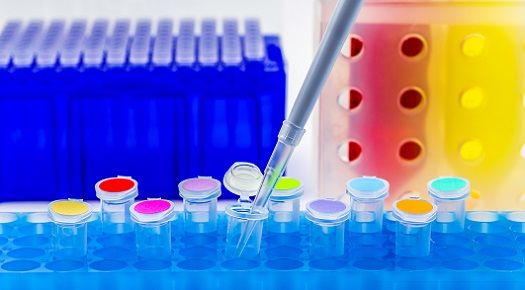Article
Bacterial, Viral Infections Found in Sputum of Children with Acute Asthma
Author(s):
Further research is needed to devise strategies for the prevention and treatment of asthma attacks.
Erol Gaillard, PhD

A recent investigation from the United Kingdom found that mediator profiles consistent with bacterial and viral respiratory infections as well as type 2 (T2) inflammation markers co-existed in the sputum of children with acute severe asthma attacks.
Prior to the investigation, only a number of studies had reported on mediator profiles in acute asthma. Because of this limitation, the mechanisms of acute severe asthma attacks including biomarkers cascades and immunological responses, are poorly understood.
Investigators Erol Gaillard, PhD, Department of Pediatric Respiratory Medicine, Leicester Children’s Hospital, investigated the sputum mediator profile in pediatric patients attending the regional emergency department of the hospital with an asthma attack and compared the mediator profiles with those of a separate astable asthma group and asthma-free controls.
The Methods
Gaillard and colleagues conducted a prospective observational case control study of eligible children aged 5 to 17 years with a physician-diagnosed asthma attack.
Participants were approached and recruited from either the hospital emergency department or the pediatric ward within 24 hours of presenting with acute severe asthma. Children with stable asthma would also be approached during outpatient asthma clinic visits.
Control groups were recruited from pediatric outpatient clinics, diabetes clinics, and routine surgical clinics.
A total of 48 children were enrolled in the study, 18 of whom had acute asthma while 17 and 13 had stable asthma and healthy controls, respectively.
Spirometry or peak expiratory flow (PEF) was measured in all children with acute asthma prior to sputum sampling. Sputum collection was performed during short acting beta-2-agonist (SABA) nebulization, made up in 0.9 % saline, and given as part of the acute clinical management.
In the event that no sample was obtained during nebulisation, sputum induction was repeated by nebulization of 5mL of 0.9 % saline without SABA over 15 minutes.
Sputum induction was performed on stable and healthy controls by nebulization of increasing concentrations of hypertonic saline (HS) using a well-described protocol.
The Findings
Investigators noted that sputum obtained from healthy control children in the study contained a lower proportion of eosinophils when compared to stable asthma. Despite this, neutrophil, macrophage, and lymphocyte percentages were similar.
Regarding children with acute asthma, a fourfold increase in the number of leukocytes were seen, compared to those with stable asthma, as well as a significant 2.5 fold increase in the proportion of sputum neutrophils.
The median absolute neutrophil count in acute asthma was 80.02 (IQR 59.31 -91.31), compared to 32.60 (IQR 15.50-84.80) in stable asthma.
No differences in blood leukocyte numbers were observed between stable and acute asthma.
Acute phase biomarkers and neutrophil attractants such as interleukin (IL)-6 and its receptor, as well as IL-8 and cytokines linked with bacterial signals, including TNF-R1 and TNF-R2, were elevated in asthma attacks versus stable asthma and healthy controls.
T-cell attractant cytokines, associated with viral infections, such as CCL-5, CXCL-10 and CXCL-11, and CXCL-9 (secreted from eosinophils after a viral trigger) were also raised.
“This endotyping of acute asthma gives a better understanding of the airway mediator environment during asthma attacks in children,” the team wrote. “Further studies are needed to understand the biologic mechanisms of asthma attacks in children to design strategies for the prevention and treatment of asthma attacks in the future.”
The study, “Sputum biomarkers during acute severe asthma attacks in children- a case-control study,” was published online in Acta Pediatrica.
2 Commerce Drive
Cranbury, NJ 08512
All rights reserved.




